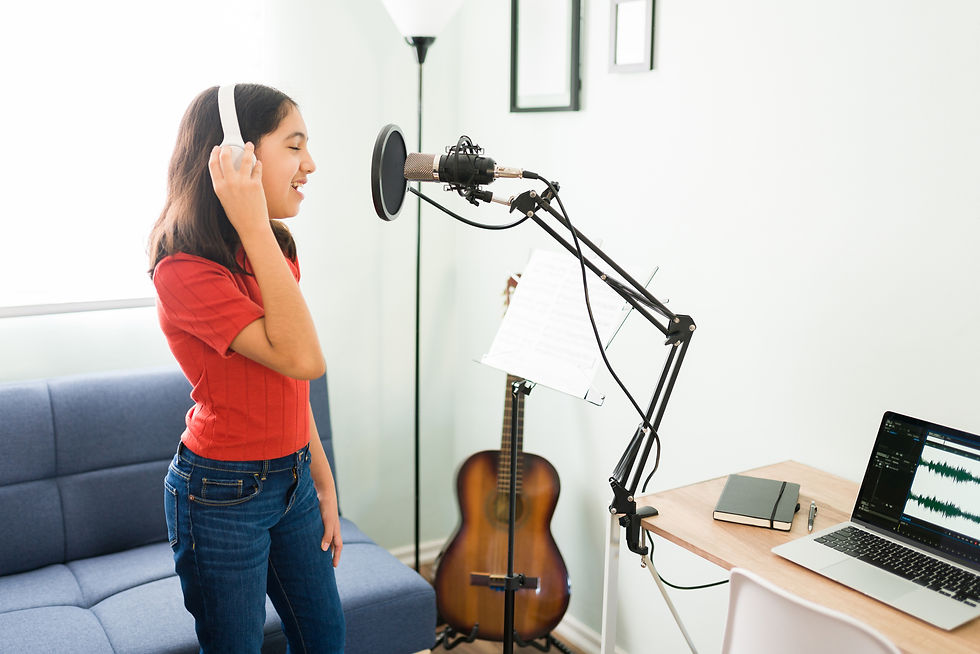What You Should Know About Taal
- Santosh Darveshi
- Feb 24, 2023
- 2 min read

In Indian classical music, both Hindustani (North Indian) and Carnatic (South Indian), rhythm is encompassed in the notion of Taal (spelled and pronounced tala in English), which means 'clap.' It is loosely defined as 'rhythm,' although the concept is more sophisticated and operates by dividing time cyclically rather than linearly.
Let's look at what Taal is and what you should know about it.
What is Taal?
Taal, sometimes known as tala, can be thought of as a musical measure. A musical meter is just a rhythmic pulse that measures musical time.
Each Taal, as you may have observed, is separated into numerous components to make it simpler to grasp and recognize. Teentaal (16 beats) is composed of four portions of four beats each, whereas Ektaal (12 beats) is composed of six sections of two beats each. Ruupak (7 beats) is asymmetrical, with three portions of three, two, and two beats. Taken collectively, the portions form one full cycle of the Taal.
Types of Taal in Indian Classical Music
Both the wings of Indian classical music - Hindustani and Carnatic classical music have their distinct ways of defining, classifying, and using Taal in music.
Taal in Hindustani music
According to the count and structure of the beat, there are nine forms of Taal in Hindustani classical music. Slow to medium tempo is supported by several of these Taal, including Ektaal, Chautal, and Dhamar. They were chosen to perform Bada Khayal. Teen Taal, commonly known as Tri-tal, is said to be the most adaptable of all, supporting all tempos equally well. As a result, Teen Taal is used for the majority of Bandish in Hindustani classical music.
Taal in Carnatic classical music
Purandara Dasa brought Taal into Carnatic music. In general, there are seven families: Dhruva, Matya, Rupaka, Jhampa, Triputa, Ata, and Eka.
In Carnatic music, there are 72 Taal under the Melakarta system, 4 Taal under the Chapu system, 108 under the Chanda system, and 35 under the Suladi Sapta system.
Concluding notes
All we need to do is comprehend the Taal principles that go into creating tunes. Artium Academy is an excellent music academy to start your journey if you want to understand and study the art of Taal.
They offer a large variety of Indian classical music instruments and vocal courses. They also provide online tabla class if you want to learn how to play the tabla. Call them right away to start your music journey.




Comments